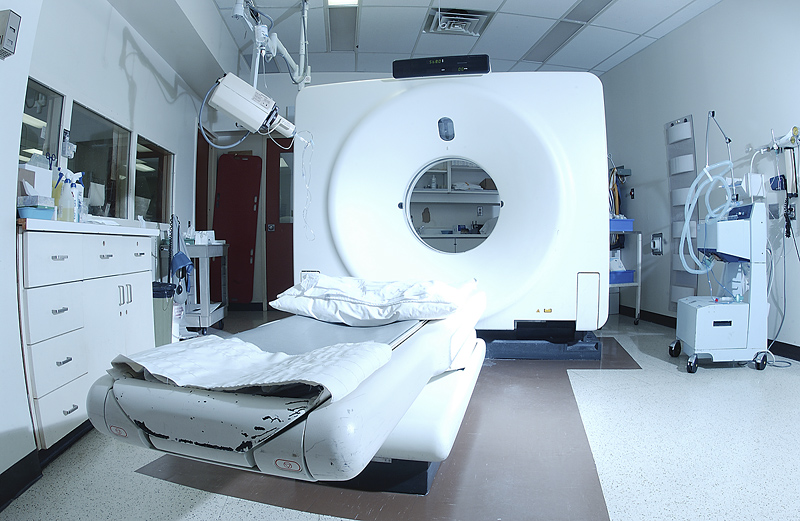WEDNESDAY, May 18 (HealthDay News) — Rep. Gabrielle Giffords, shot in the head four months ago by a would-be assassin, will undergo surgery Wednesday in Houston to replace the piece of skull that was removed immediately after the shooting, according to the Associated Press.
This next step in a recovery described as miraculous comes only days after the three-term Democratic congresswoman from Arizona traveled to Florida to see her husband, Mark Kelly, rocket into space on the space shuttle Endeavour’s last mission.
While this is a major move forward, it will have no effect on her neurological status, and any speech or other therapy will continue, according to one expert, Dr. Anders Cohen, chief of neurosurgery at The Brooklyn Hospital Center in New York City.
“This is part of the recovery,” Cohen said. “This is on the happier side, because it is not lifesaving. Swelling is no longer an issue, so let’s protect the brain and let’s give her a better cosmetic look. It’s a quick thing with a fast recovery,” he said.
After the shooting in Tucson, which killed six people and wounded 12 others, doctors removed a large piece of Giffords’ skull to give the brain room to swell. It’s likely that the bullet that pierced her brain also shattered the bone, experts said.
Cohen, who is not involved in Giffords’ care but is familiar with news reports about her progress, said surgeons usually remove a piece of skull about the size of a hand. Had the skull remained intact, significant brain damage and even death might have occurred, he said.
“When the brain swells, the skull, which usually protects the brain, becomes your worst enemy,” he explained.
Replacement surgery isn’t done until the swelling stops and the brain has shrunk back to its normal size, Cohen added.
The replacement piece will probably be a custom-made plastic implant that fits the opening perfectly, said Dr. Ricky Madhok, a neurosurgeon at North Shore University Hospital in Manhasset, N.Y., and Nassau University Medical Center in East Meadow, N.Y. It is meant to protect the brain and give her head a natural appearance, he noted.
“To replace the part of the skull, certain types of plastic can be used to recreate the skull,” explained Madhok, who is not involved in Giffords’ surgery. “Keep in mind, the purpose of the skull is to provide a protective barrier to the brain, whether that is done by bone or by a specially designed plastic.”
The technology for these replacement implants is now very advanced, he added. “One of the biggest things to be developed in this area is custom designed implants,” Madhok said. “As such, using finely cut CT scans, each implant can be made to fit and recreate the skull in such a way that the overall fit is as if the original bone itself was replaced.”
“Within a week, you get a ready-made prosthetic that exactly matches the defect,” Cohen added.
Surgeons will attach the plate to the skull with titanium brackets, then draw the scalp over the plate, Cohen said. The implant will be concealed and hair will grow over it.
“As soon as you close the scalp, the patient looks symmetrical again. The cosmetic result is very striking right from the get-go,” he said. “They look like themselves again right away.”
Cohen said the risks of the surgery are minimal compared to what Giffords has already been through. “You are not really doing any brain surgery at this point,” he said. “It’s a fast procedure, usually taking under an hour,” he added.
Madhok agreed. “Restoring the part of the skull that was removed is routine if patients have a good outcome to replace the defect. While this procedure is still considered brain surgery, there are much less risks than with the initial operation,” he said.
Recovery from the procedure takes one or two days, the AP said.
Until this surgery is done, Giffords must be careful not to fall or bump her head, which could harm the unprotected area of the brain, Cohen said. Since her initial treatment, the congresswoman has worn a helmet with an Arizona state flag decal on it, the AP reported.
More information
For more on head injuries, visit the U.S. National Library of Medicine.

